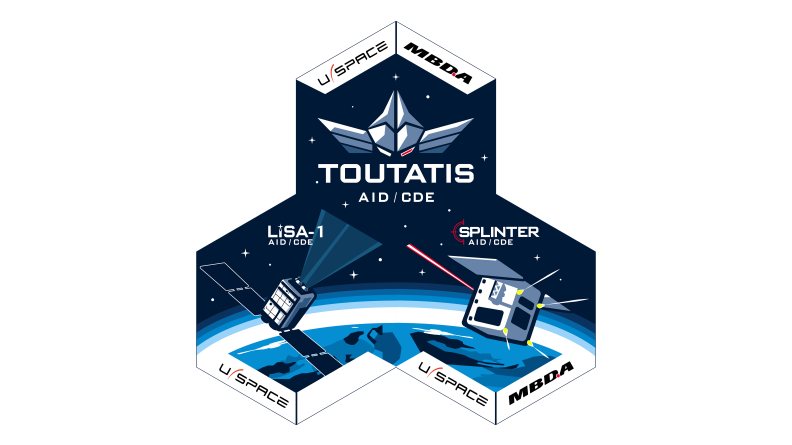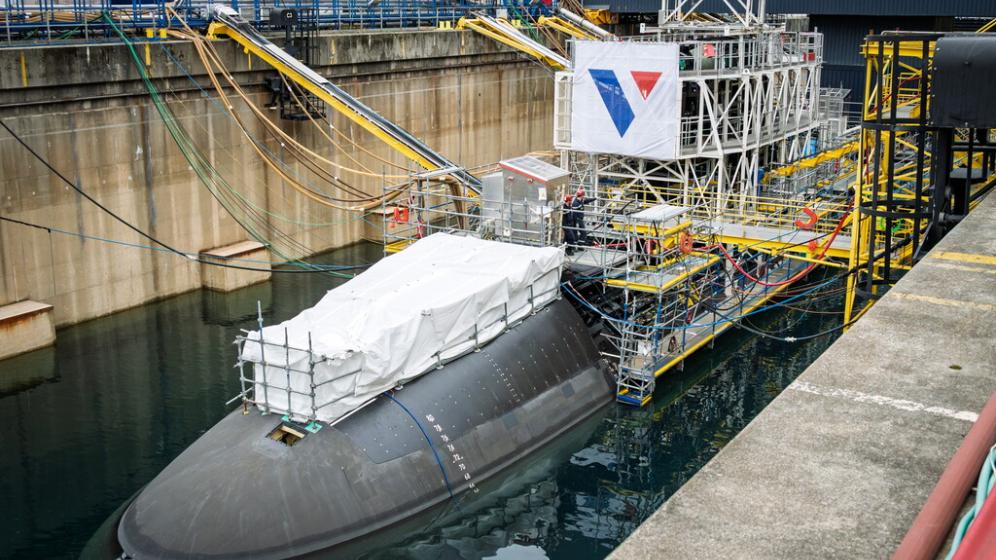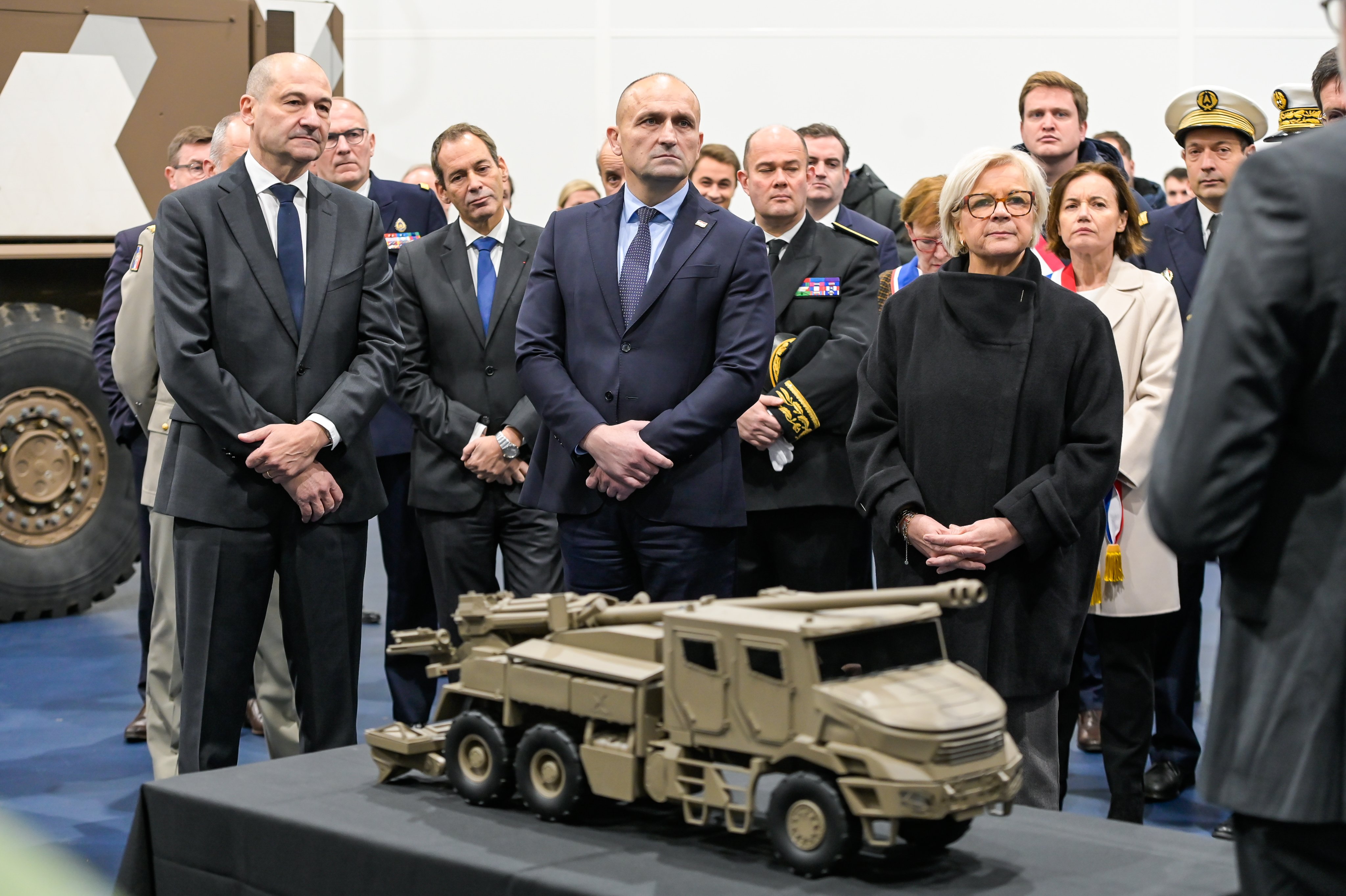The innovation battle poses a permanent challenge, for businesses operating in the IT field in particular: they have to adapt quickly, and have efficient organisations and high-quality personnel. It is now vital to take artificial intelligence (AI) into account, given that their competitors are also trying to keep a step ahead—through confrontation if necessary.
The Struggle for Military Innovation in the Age of Digital Societies
Strategic vulnerabilities follow the course of technological revolutions throughout history. In the 20th century, railway hubs and oil depots were strategic targets. Today, a major cyberattack on IT networks can constitute an act of war. Civilian production techniques transform military capabilities themselves: Ford’s Willow Run plant (Michigan) produced a B-24 Liberator bomber every 63 minutes in 1944, thanks to assembly line work originating in the automotive industry.(1) Now, innovation dominates our productive system. Innovative companies outperform their competitors by 22% in Earnings Before Interest, Taxes, Depreciation, and Amortization (EBITDA),(2) while giants like 3M now require that a third of their revenue comes from recent products.(3) Even better, generative Artificial Intelligence (AI), barely introduced, increases productivity by 25%.(4) This metamorphosis of civilian production will inexorably redefine the way war is waged.
For new shocks are coming. We must anticipate new vulnerabilities, something Western great powers began to do regarding cybersecurity but failed to achieve concerning cognitive warfare in digital networks. New centers of gravity in our productive system could emerge, such as digital twins or artificial tutors. We must also consider disruption in the military use of technologies. Like the Blitzkrieg facing the Maginot Line yesterday—a highly sophisticated fortification for its time—it is not technology as such, but its employment that will prevail in the drone or simulated warfare of tomorrow. Finally, the ultimate shock: the speed of innovation itself now separates the quick and the dead. From the race for the nuclear bomb during World War II to the drone race today in Ukraine, victory belongs to the fastest. That is, to those with the best method for organizing this innovation. This question of organization was central to Israel’s cyber acceleration policy in the early 2010s, as formulated by Prof. Ben-Israel: it is useless to try to anticipate the shape of the threat. Innovation constantly transforms it. No industrial policy focused on this or that technology, therefore; but rather building the resilient ecosystem that will find solutions as quickly as possible.(5) Thus, organizing well becomes essential.
Innovating Within the Military Organization
This requires establishing the primacy of innovation as an axis of military development. The Israeli example is again emblematic here, almost caricatural, with the country’s strategic doctrine written in 1953 by Prime Minister Ben Gurion, emphasizing the need for qualitative advantage and technological superiority.(6) This vision of technological primacy is also expressed in the East-West rivalry, which saw, for example, the creation in the United States of DARPA (then named ARPA), an agency dedicated to military technological development, the year after the Soviet launch of Sputnik, the first satellite in space. This primacy must also be read in reporting lines, even more than in budgets. When the Pentagon created the DIUx in 2015-2016, the experimental defense innovation unit of just 30 people in the heart of Silicon Valley, it eventually reported directly to the Secretary of Defense.(7) In Israel, the director of Mafat, the equivalent of DARPA, holds the rank of brigadier-general and reports directly to the Chief of the General Staff, at the exact same level as the head of the army or air force.(8) This demonstrates in practice the real importance dedicated to the subject. It is also a clear signal sent to the rest of the organization.
Il reste 84 % de l'article à lire







